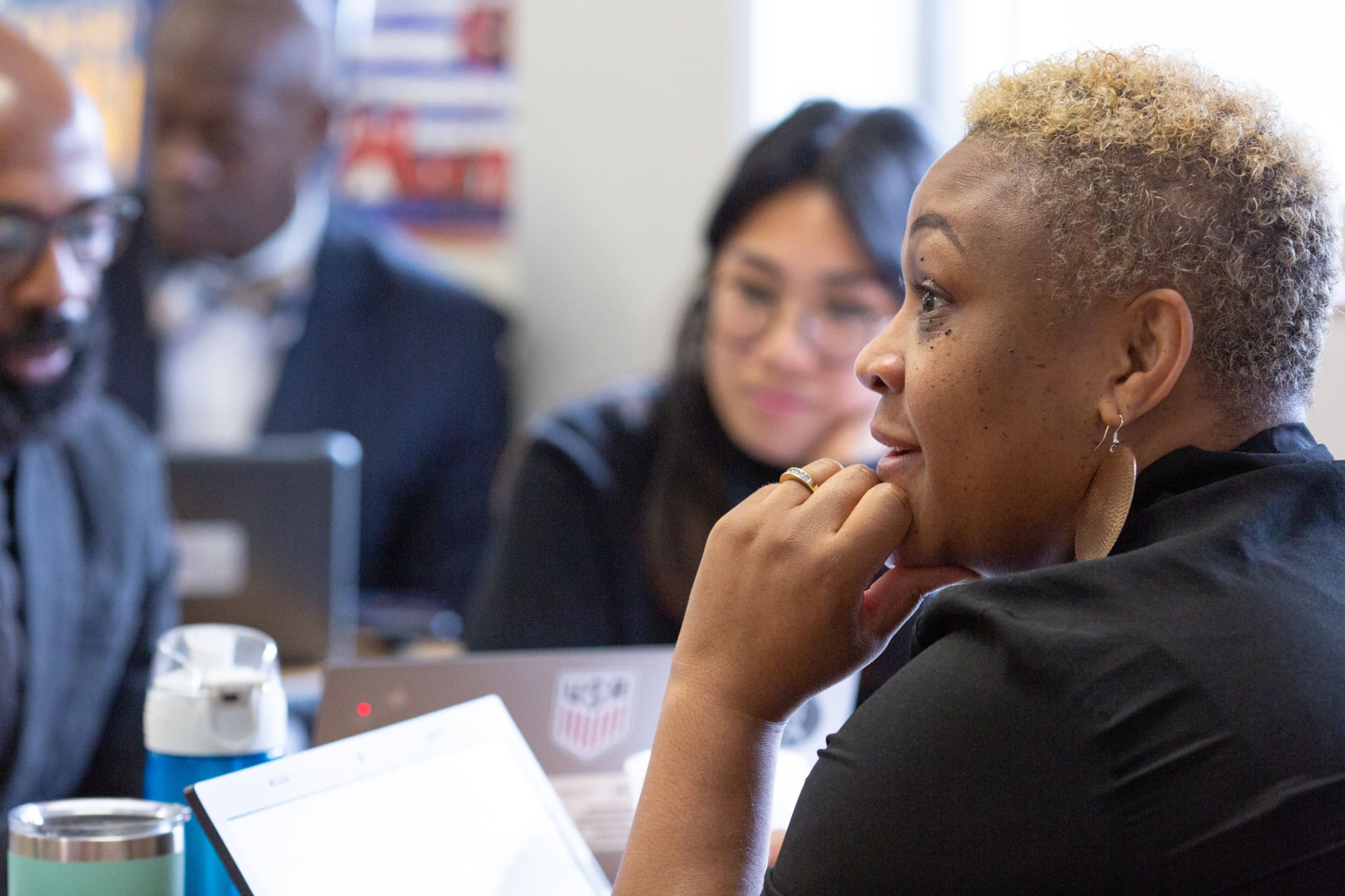By now it’s become rote to say that the pandemic changed everything in education. But the truth is that in many cases the pandemic is simply shifting, accelerating, or exacerbating existing concerns or conversations. And that’s certainly true in the world of education data privacy. Education data privacy is not a new issue, but changes in how schools operate are pushing new ideas and considerations into the public discourse.
Some of these emerging issues warrant more thought (and action) from policymakers, education leaders, and privacy experts. These issues are legitimate and need new solutions. To help leaders cut through the noise, here are some of the most pressing data privacy questions that DQC is keeping an eye on right now:
- How are existing state and federal laws mapping to education data use during the pandemic? Since 2014, policymakers in every state have considered hundreds of bills to govern the use, sharing, and protection of education data. But the pandemic has profoundly changed where and how learning happens—and therefore the data and technology needed to support that learning. Exploring whether and how existing laws address new data uses is in no way an indictment of our current laws’ efficacy and robustness, only a reminder that the work of privacy is never complete and that new ways of learning may necessitate new legal considerations.
- How are federal and state policymakers supporting local education leaders? While state and federal laws provide a necessary foundation for education data privacy, most of the decisions about what learning platforms to adopt, how to administer consent policies for directory information use, or how to train school staff on data management ultimately fall to district- and school-level leaders. But these leaders are often making these decisions with very little guidance or support. Many of the data privacy and security challenges the education field is facing today stem from a lack of bandwidth and capacity at the local level. Emerging privacy conversations will need to address local needs in addition to high-level laws.
- How are data security needs changing? At its most basic level, data security refers to the technological safeguards that prevent unauthorized individuals from accessing a data system. (For comparison, data privacy usually refers to the legal and policy measures that govern how authorized data users may access data.) As the pandemic pushed more learning online, education leaders are finding that their data security needs have changed and their sense of urgency to manage data security risks has grown. But this sense of urgency isn’t always matched with clear security laws and transparent service provider policies.
- What does it mean to use education data ethically beyond safeguarding privacy and security? Over the last two years, educators have seen their students struggle academically as well as in terms of their mental health and overall well-being. Data from across different systems like child welfare and juvenile justice can give trusted adults insights into students’ needs. But more complex data use introduces new considerations about the ethical use of data—and opens the door to potential misuses of student data. Renewed conversations about data privacy must include issues of data ethics, representation, trust, and transparency.
As education leaders and advocates grapple with these questions, a number of DQC resources can provide necessary context, priorities, and examples.
- DQC’s Centering Privacy page is filled with resources and actionable priorities for policy leaders.
- Maintaining Trust as Data Use Changes: Student Data Privacy and the COVID-19 Crisis lays out immediate and longer-term considerations for collecting and using data and education technology during the ongoing pandemic.
- Safeguarding Student Data in Higher Education explains how student data should be safeguarded specifically within postsecondary institutions and systems.
- The Student Data Principles are the result of a collective effort across the education data field to articulate 10 guiding principles for the ethical use of education data.
In addition to these resources, DQC has much more in store to help policymakers, education leaders, and advocates navigate this next generation of privacy conversations. Stay tuned!


